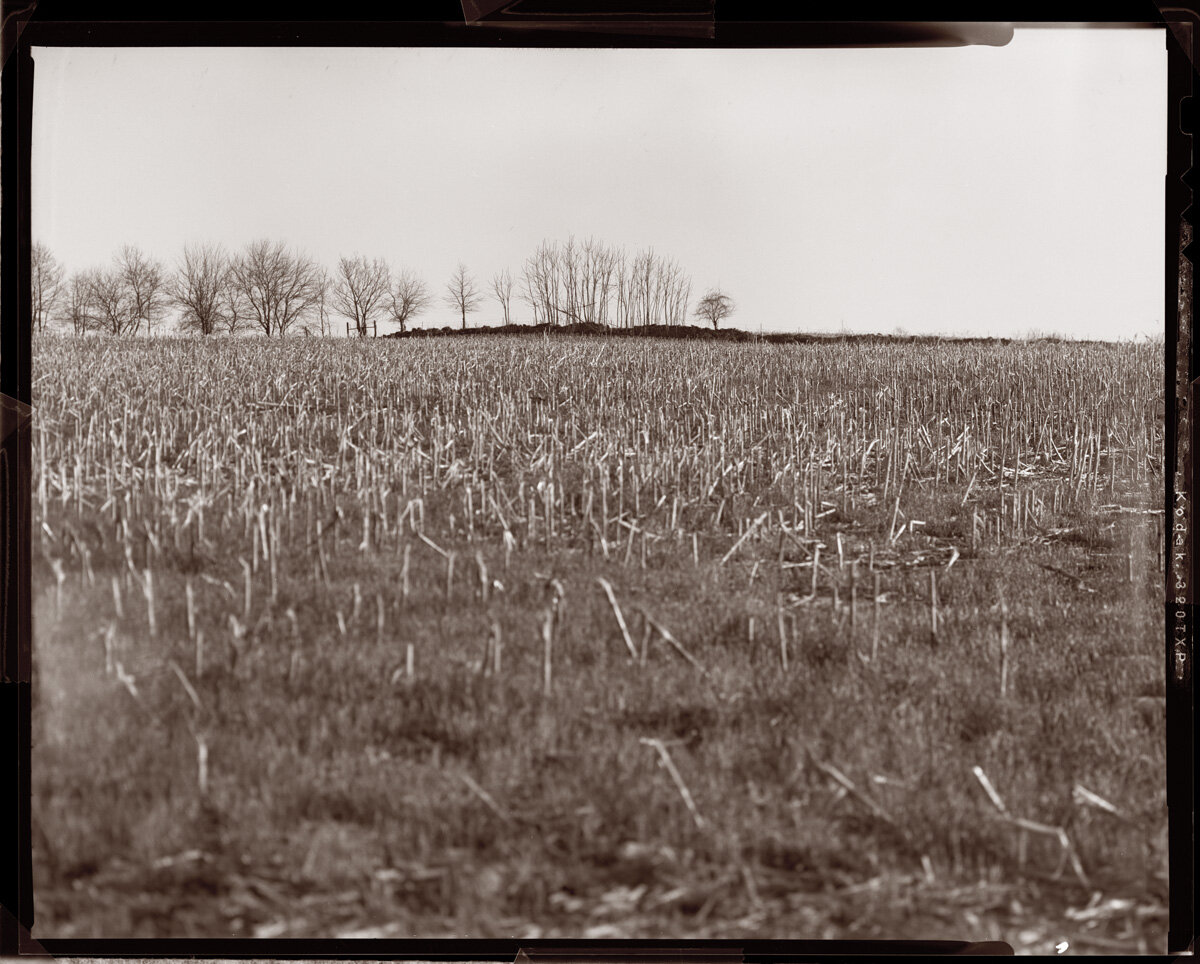Antietam (2004)
If you start talking about Civil War battlefields at a party people’s eyes will just glaze over. No one talks about Civil War battlefields and certainly no one talks about Antietam.
But they should.
Antietam has it all. Antietam really mattered—if the Confederates had been successful in their plan to defeat the North politically (as would have happened if they had not been stopped on their drive toward a major Northern city) then the war would have been a stalemate, or to put it another way, a total victory for the South. If Lee’s Army had won the day—the bloodiest in US History, including Pearl Harbor, 9-11, and all the rest—then Lincoln may have despaired at ever issuing the Emancipation Proclamation, which in fact he did the five days after the battle, seeing, finally, something he could call a victory after a long string of frightening defeats.
You know those famous photographs of Lincoln in a tent, talking with generals? These are the only photograph of Lincoln “in the field” and they were photographed at Antietam, a few weeks after the battle.
Alexander Gardner had already photographed the aftermath of the battle by then—you’ve seen the images even if you didn’t realize it was Antietam. He photographed the clustered dead and the bloated horses and he took it all back to New York City for an exhibit called The Dead of Antietam. You paid your entrance fee and you went in and saw the first photos of a real battle you had ever seen and, since many of the images were photographed with a stereo-camera, you probably saw some of them in 3-D.








